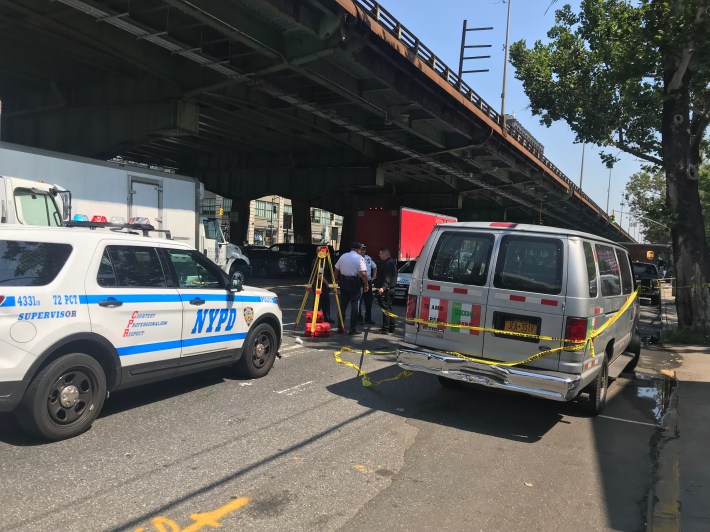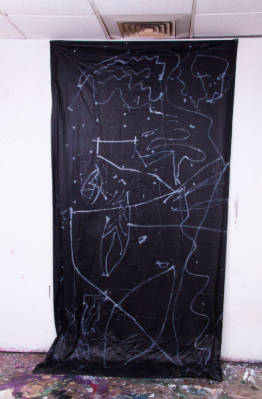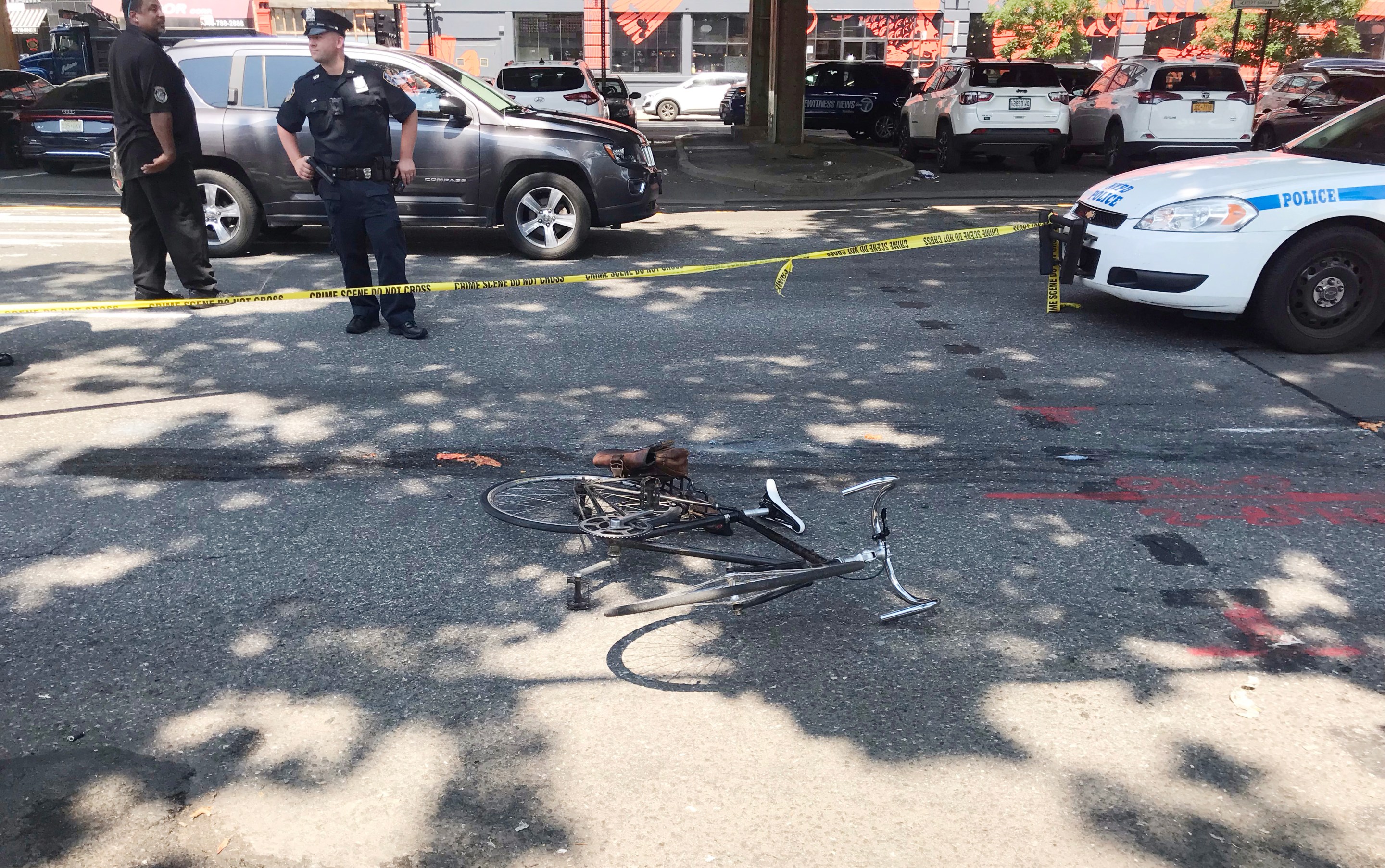The death toll of city cyclists is now 18 — eight more than all of last year — as another rider was doored into traffic, where she was struck and killed by a massive truck in Sunset Park on Monday morning.
The NYPD said the 30-year-old cyclist was struck near the intersection of Third Avenue and 36th Street at around 9 a.m. by a commercial vehicle. The driver remained on the scene, but the cyclist, later identified as Em Samolewicz, was taken to NYU Langone Hospital–Brooklyn, formerly Lutheran Medical Center, where she died.
Witnesses and police on the scene said that Samolewicz was first doored by a van operator, and then was hit by an 18-wheeler after she tumbled onto the street. The driver of the van told Streetsblog that he did not look before he opened the door of his truck. He was not immediately issued a summons, even though it violates state law to open a car or truck door without looking first. The anti-cycling New York Post focused on the van driver's sadness.

The driver of the truck that hit Samolewicz had proceeded several blocks up Third Avenue before he was flagged down to stop.
Most disturbing: “a police spokesperson responded: "It's not a crime to open your car door." Per section 1214 of the vehicle and traffic law, it's illegal for motorists to illegally open their doors into moving traffic. The spokesperson later clarified they were "joking around."” https://t.co/0S1QMIovPE
— Yuh-Line Niou (@yuhline) July 29, 2019
Samolewicz was an artist who lived in Sunset Park. Her Instagram account and website are filled with her works. She had a show at Sunset Park Studios last year with three other artists.

The death is the first since Mayor de Blasio announced a bicycle safety plan on Thursday to stem the blood tide on city streets this year. The plan was hailed in some quarters, but consists mostly of slight expansions to existing programs.
The vast majority of this year's 18 cyclist deaths — 13 — have been in Brooklyn. The latest crash was very close to the spot where Hugo Garcia was killed on Jan. 1 when a passenger in a car doored him into traffic on busy Third Avenue.
Between Jan. 1 and June 30 in the neighborhood comprising those crash sites, there have been 1,433 crashes causing injuries to 41 cyclists, 71 pedestrians and 275 motorists, in addition to two dead cyclists and two dead pedestrians. That's roughly eight crashes per day in a single neighborhood.

Transportation Alternatives also highlighted the danger of the roadway.
"Third Avenue, which has eight lanes for cars and zero for bikes, is a product of a bygone era when transportation decisions were made with the sole intention of moving as many vehicles as possible through our neighborhoods, without regard to the people living and working in those neighborhoods," the group said in a statement, which continued:
The danger is compounded by the Gowanus Expressway looming overhead, and the poor visibility at intersections caused by the elevated highway’s support structures and the acres upon acres of land beneath where people store cars and trucks. Dangerous driver behavior in this neighborhood shouldn’t be surprising; the environment suggests that this corridor belongs to the cars, and if you must ride a bike on this street, you do so at your own risk.
Streets like Third Avenue are incompatible with Vision Zero. To eliminate traffic deaths, these deadly corridors which are dedicated 100 percent to moving and storing vehicles must not be allowed to exist in their current form. We cannot make excuses for so-called “level of service” while saying that eliminating death and serious injury is a top priority. We simply cannot have it both ways.






